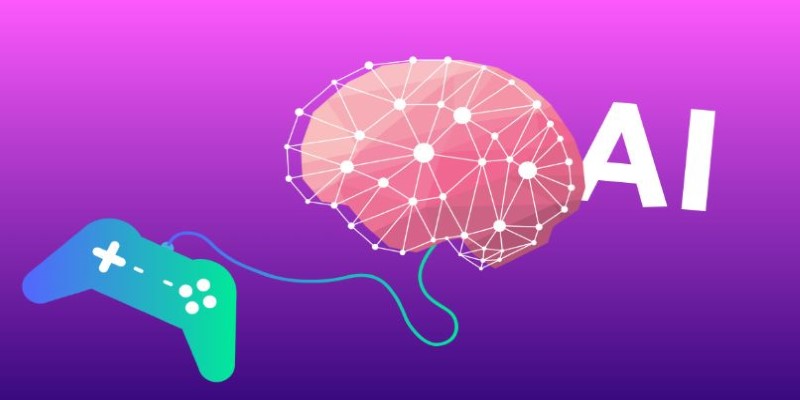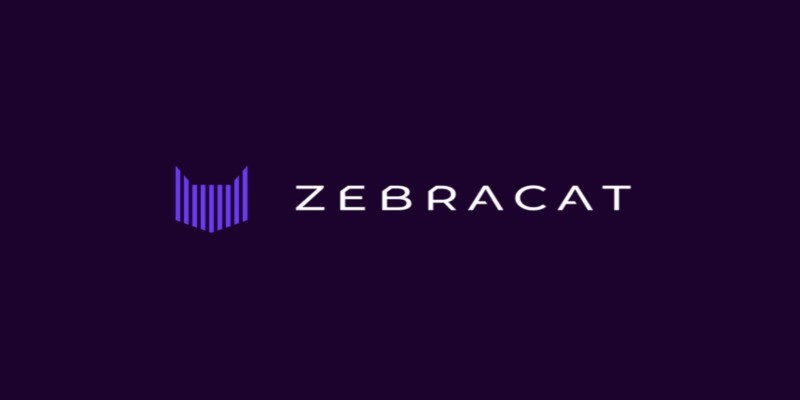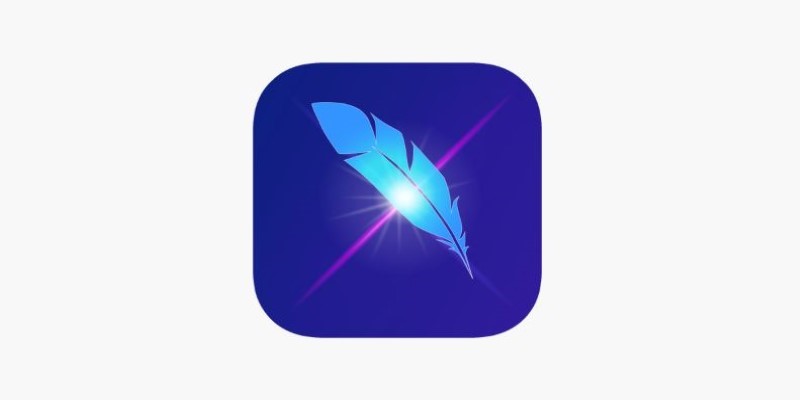Advertisement
Writing a novel often feels like having a hundred tabs open in your brain, each one loaded with characters, plot turns, timelines, and emotional stakes. And while inspiration strikes at odd hours, structure and consistency still demand a methodical touch. That’s where ChatGPT steps in—not as a writer in your place, but as a thinking partner who doesn’t sleep, judge, or run out of ideas.
Writers don’t always start with a full plot. Sometimes, it’s just a scene, a character quirk, or a fragment of dialogue. You can throw even the vaguest idea at ChatGPT—"a woman who wakes up in a room with no windows and no memory"—and it can start sketching possibilities. Maybe it suggests the setting is underground. Maybe the woman’s job involves memory research. It’s not about giving you answers but offering enough raw material to keep your creative wheels spinning. When you're stuck, it doesn't freeze up. It keeps talking, and sometimes, that’s all you need.
Most writers, whether they admit it or not, recycle bits of their own personality into every character. That’s not a bad thing. But when your sharp-tongued detective starts to sound like your grumpy aunt and your teenage sidekick sounds like your last three protagonists, it helps to get a fresh voice. Describe what you want—age, attitude, goals—and ChatGPT can shape a character profile, complete with background, speech patterns, and flaws that don’t feel like a mirror of your own.

Even better, you can test their reactions. “How would this character react if they found out their mentor betrayed them?” ChatGPT will show you different responses that align with that personality. That sort of back-and-forth lets you tune in to how your characters actually feel, without overthinking every word.
Midway through the story, things get messy. A subplot conflicts with your main timeline. A twist you planted in chapter 3 now feels out of place by chapter 12. Instead of deleting weeks of work, you can explain the situation and ask ChatGPT for a workaround. It might suggest shifting a character’s motive, altering the timeline slightly, or using that earlier twist to fuel a bigger payoff later.
What’s useful here isn’t just the answer—it’s that you can see your plot from a different angle, one not clouded by all the choices you’ve already made.
Dialogue isn’t just about conversation—it’s how characters reveal themselves, hide things, clash, bond, or manipulate. If you feed ChatGPT some context and a character summary, it can offer dialogue options that match both tone and intention. Whether it’s a quiet apology or a tense standoff, it keeps the scene focused on emotional momentum.
You don’t have to copy the exact lines. But they can nudge you in the right direction, especially on days when everything you write sounds either too dramatic or painfully flat.
You already know your story takes place in a small coastal town. Great. But how does that town smell? What do the people complain about at the diner? What buildings have faded paint, and what's always under repair?
This is where ChatGPT can turn a flat setting into one that feels inhabited. Ask for sensory details, or tell it to describe the same town from three characters' points of view—a tourist, a lifelong resident, and a teenager desperate to leave. It's like shaking your seat and watching different angles fall out.
If your character sprained their ankle in chapter five, they shouldn’t be climbing cliffs in chapter six. But writers miss these things when juggling multiple arcs. Feed ChatGPT your chapter summaries, and it can flag inconsistencies, timeline issues, or pacing shifts. It’s like having someone double-check your story math without the eye roll.
There are days when your brain just doesn't show up. You stare at the blinking cursor, and everything you type feels worse than silence. But if you can describe even roughly what you wish you were writing—a confrontation, a memory, a turning point—ChatGPT can generate a draft. Not perfect. Not final. But something you can edit. Something you can shape. And that makes a big difference between giving up for the day or getting another 500 words done.

When you ask for a rewrite, ChatGPT can help smooth out clunky sentences, rephrase dialogue, or fix awkward transitions. But you’re still in charge of tone. You can ask it to keep things snarky, poetic, dry, fast-paced—whatever fits your style. You’re not handing over authorship, just borrowing a second set of eyes that knows how to write in your language.
Most writers have scattered thoughts—sticky notes, voice memos, half-done outlines, and characters with three different names. You can dump all this chaos into a single message, and ChatGPT will sort it into something readable. Plotline summaries. Character charts. Chapter breakdowns. It's not magic. It's just tidy, and when your head feels like spaghetti, tidy helps.
You can paste a scene and ask ChatGPT what feels off. It won’t pretend everything’s great, and it won’t crush you with vague advice either. It’ll say, for example, that the pacing slows down in the middle of the scene, or that the dialogue sounds too similar between characters. It focuses on what’s not working and why, but it always keeps the tone constructive.
Writing a novel is still your job. But it doesn't always have to feel like you're dragging every word out of your spine. ChatGPT won’t replace your voice or your choices. What it will do is keep things moving—give you ideas when you're blank, clean things up when you're tired, and help you focus on the creative part, not the confusion. It's not a shortcut. It's a backup. And most writers could use a little of that.
Advertisement

Can AI-generated games change how we play and build games? Explore how automation is transforming development, creativity, and player expectations in gaming

Want to create marketing videos effortlessly? Learn how Zebracat AI helps you turn your ideas into polished videos with minimal effort

Ever wanted to make lip sync animations easily? Discover how Gooey AI simplifies the process, letting you create animated videos in minutes with just an image and audio

Learn how to create the perfect headshot using LightX Photo Editor. This step-by-step guide covers lighting, background edits, retouching, and exporting for a professional finish

Discover 8 powerful ways AI blurs the line between truth and illusion in media, memory, voice, and digital identity.

Cisco’s Webex AI Assistant enhances team communication and support in both office and contact center setups.

Knime enhances its analytics suite with new AI governance tools for secure, transparent, and responsible data-driven decisions

Wondering if third-party ChatGPT apps are safe? Learn about potential risks like data privacy issues, malicious software, and how to assess app security before use

Explore the various ways to access ChatGPT on your mobile, desktop, and through third-party integrations. Learn how to use this powerful tool no matter where you are or what device you’re using

Wondering how ChatGPT can help with your novel? Explore how it can assist you in character creation, plot development, dialogue writing, and organizing your notes into a cohesive story

Pinecone unveils a serverless vector database on Azure and GCP, delivering native infrastructure for scalable AI applications

Many organizations still lag in adopting AI due to reluctant leadership, fear of unexpected outcomes, and lack of expertise